This article was medically reviewed by Sari Eitches, MBE, MD and by wikiHow staff writer, Aly Rusciano. Dr. Sari Eitches is an Integrative Internist who runs Tower Integrative Health and Wellness, based in Los Angeles, California. She specializes in plant-based nutrition, weight management, women's health, preventative medicine, and depression. She is a Diplomate of the American Board of Internal Medicine and the American Board of Integrative and Holistic Medicine. She received a BS from the University of California, Berkeley, an MD from SUNY Upstate Medical University, and an MBE from the University of Pennsylvania. She completed her residency at Lenox Hill Hospital in New York, NY and served as an attending internist at the University of Pennsylvania.
There are 35 references cited in this article, which can be found at the bottom of the page.
wikiHow marks an article as reader-approved once it receives enough positive feedback. This article received 94 testimonials and 83% of readers who voted found it helpful, earning it our reader-approved status.
This article has been viewed 11,606,662 times.
Is there anything worse than a headache? Whether you have a minor throb or a debilitating migraine, they can be a mood buster. But what if we told you there were plenty of ways to help the pain fade away? In this article, we’ll teach you everything you need to know about getting rid of a headache, from at-home care to over-the-counter medications. With our help, you’ll be able to soothe your head and prevent future headaches from coming on.
Things You Should Know
- Sip a caffeinated cup of tea or coffee after taking an over-the-counter pain medication to help your headache disappear faster.
- Place a cold or hot compress on your head or eyes to soothe built-up pressure and pain.
- Drink plenty of water, have a regular sleep schedule, and exercise daily to prevent headaches from popping up.
- Try seeing a chiropractor or acupuncturist if you have chronic headaches to relieve tension and calm the body.
Steps
Expert Q&A
-
QuestionWhat's a natural remedy for hormonal headaches?
 Sari Eitches, MBE, MDDr. Sari Eitches is an Integrative Internist who runs Tower Integrative Health and Wellness, based in Los Angeles, California. She specializes in plant-based nutrition, weight management, women's health, preventative medicine, and depression. She is a Diplomate of the American Board of Internal Medicine and the American Board of Integrative and Holistic Medicine. She received a BS from the University of California, Berkeley, an MD from SUNY Upstate Medical University, and an MBE from the University of Pennsylvania. She completed her residency at Lenox Hill Hospital in New York, NY and served as an attending internist at the University of Pennsylvania.
Sari Eitches, MBE, MDDr. Sari Eitches is an Integrative Internist who runs Tower Integrative Health and Wellness, based in Los Angeles, California. She specializes in plant-based nutrition, weight management, women's health, preventative medicine, and depression. She is a Diplomate of the American Board of Internal Medicine and the American Board of Integrative and Holistic Medicine. She received a BS from the University of California, Berkeley, an MD from SUNY Upstate Medical University, and an MBE from the University of Pennsylvania. She completed her residency at Lenox Hill Hospital in New York, NY and served as an attending internist at the University of Pennsylvania.
Integrative Internist You can try doing deep breathing exercises and meditation to help destress and soothe your headache. Another thing you can try is self-massage or acupressure.
You can try doing deep breathing exercises and meditation to help destress and soothe your headache. Another thing you can try is self-massage or acupressure.
Warnings
- Get emergency medical treatment if you have sudden numbness or weakness in your face, arm, or leg, become confused, and/or have trouble speaking or understanding people.⧼thumbs_response⧽
- Avoid taking non-steroidal anti-inflammatory drugs such as aspirin, ibuprofen, or naproxen if you have an ulcer or gastrointestinal problems, as they can worsen your symptoms.⧼thumbs_response⧽
- If you experience a fast yet incredibly painful headache that lasts about 5 minutes, this is could be a thunderclap headache, which often signal a serious issue. Contact your doctor immediately.[42]⧼thumbs_response⧽
References
- ↑ https://my.clevelandclinic.org/health/diseases/9639-headaches#management-and-treatment
- ↑ https://my.clevelandclinic.org/health/diseases/9641-sinus-headaches#management-and-treatment
- ↑ https://my.clevelandclinic.org/health/diseases/9641-sinus-headaches#management-and-treatment
- ↑ Sari Eitches, MBE, MD. Sleep Specialist. Expert Interview. 3 April 2020.
- ↑ https://www.healthdirect.gov.au/headaches#prevented
- ↑ https://www.ncbi.nlm.nih.gov/pmc/articles/PMC2908954/
- ↑ https://pubmed.ncbi.nlm.nih.gov/11442559/
- ↑ https://medlineplus.gov/ency/article/003024.htm
- ↑ https://www.ncbi.nlm.nih.gov/pmc/articles/PMC1697736/
- ↑ https://my.clevelandclinic.org/health/diseases/9641-sinus-headaches#management-and-treatment
- ↑ https://headaches.org/hot-and-cold-packs-showers/
- ↑ https://medlineplus.gov/ency/article/003024.htm
- ↑ Sari Eitches, MBE, MD. Sleep Specialist. Expert Interview. 3 April 2020.
- ↑ https://pubmed.ncbi.nlm.nih.gov/15985108/
- ↑ https://www.cdc.gov/sleep/about_sleep/sleep_hygiene.html
- ↑ https://pubmed.ncbi.nlm.nih.gov/16897622/
- ↑ https://www.yogajournal.com/poses/yoga-by-benefit/headache/
- ↑ https://americanmigrainefoundation.org/resource-library/understanding-migraine-cattreatmentmindfulness-meditation-migraine/
- ↑ https://www.nccih.nih.gov/health/meditation-in-depth
- ↑ https://www.pennmedicine.org/updates/blogs/health-and-wellness/2019/november/migraines-vs-headaches
- ↑ https://my.clevelandclinic.org/health/drugs/9652-headache-medicine
- ↑ https://pubmed.ncbi.nlm.nih.gov/22517298/
- ↑ https://www.hopkinsmedicine.org/health/wellness-and-prevention/aromatherapy-do-essential-oils-really-work
- ↑ https://www.ncbi.nlm.nih.gov/pmc/articles/PMC5655397/
- ↑ https://www.ncbi.nlm.nih.gov/pmc/articles/PMC4818021/
- ↑ https://health.clevelandclinic.org/study-reveals-that-caffeine-can-actually-prevent-migraines/
- ↑ https://www.healthdirect.gov.au/headaches#prevented
- ↑ https://www.ncbi.nlm.nih.gov/pmc/articles/PMC7551876/
- ↑ https://www.healthdirect.gov.au/magnesium-deficiency
- ↑ https://my.clevelandclinic.org/health/articles/9648-headaches-and-food
- ↑ https://www.pennmedicine.org/updates/blogs/health-and-wellness/2019/november/migraines-vs-headaches
- ↑ Sari Eitches, MBE, MD. Sleep Specialist. Expert Interview. 3 April 2020.
- ↑ http://exploreim.ucla.edu/wellness/acupressure-for-headache-or-neck-and-shoulder-tension/
- ↑ http://exploreim.ucla.edu/chinese-medicine/acupressure-point-li4/
- ↑ http://exploreim.ucla.edu/chinese-medicine/acupressure-point-gb20/
- ↑ http://exploreim.ucla.edu/chinese-medicine/acupressure-point-gb21/
- ↑ https://americanmigrainefoundation.org/resource-library/understanding-migraineacupuncture-and-migraine-finding-a-combination-that-sticks/
- ↑ https://www.ncbi.nlm.nih.gov/pmc/articles/PMC3099267/
- ↑ https://pubmed.ncbi.nlm.nih.gov/16827629/
- ↑ https://pubmed.ncbi.nlm.nih.gov/21640251
- ↑ https://www.nccih.nih.gov/health/spinal-manipulation-what-you-need-to-know
- ↑ https://my.clevelandclinic.org/health/diseases/17876-thunderclap-headaches
About This Article
If you’re suffering from a headache, there are some tricks you can try for fast-acting relief. Close your eyes and inhale for a count of 5, then exhale for a count of 5. Keep breathing like this until your headache subsides. Massage your temples or the back of your neck at the same time for extra relief. Placing a cold compress over your eyes or forehead can also help, especially if you have a migraine. For a tension headache, hold a heating pack against your head or neck, or take a warm bath or shower. Caffeine can also get rid of a headache, so try drinking some caffeinated tea or coffee. Even just drinking water can ease a headache if you’re feeling dehydrated. If your headache persists, take a break from what you’re doing and do something relaxing, like yoga or meditation. Dim the lights and shut off any screens since bright light can make headaches worse. Applying peppermint oil to your temples and inhaling lavender oil can provide quick headache relief and help you relax. Finally, consider taking an over-the-counter pain reliever like Tylenol or Advil if natural methods aren’t helping. To learn how to get rid of a headache with natural remedies like ginger and tea, read the article!
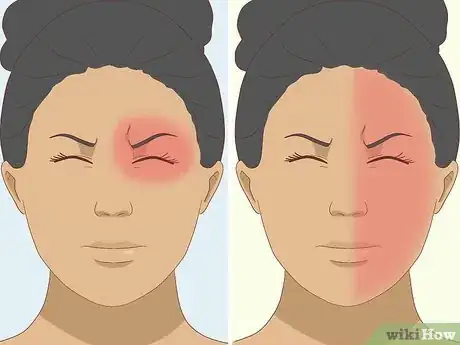
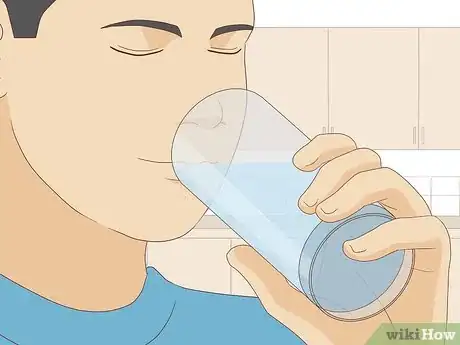

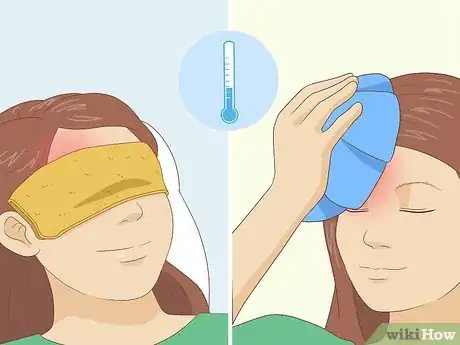
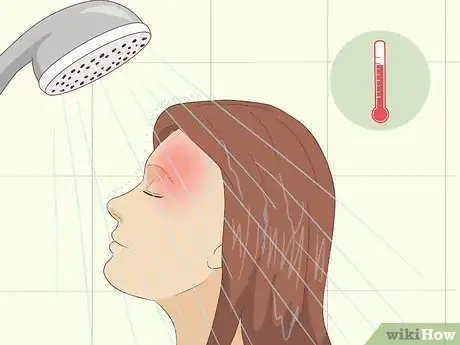




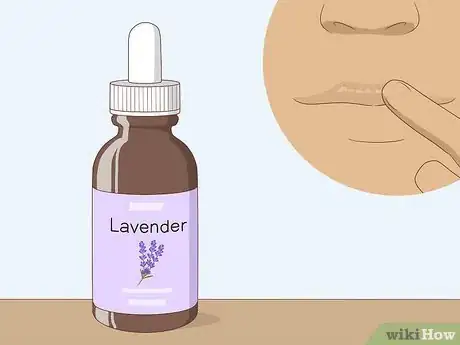
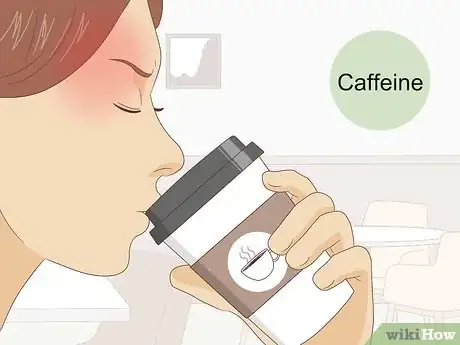
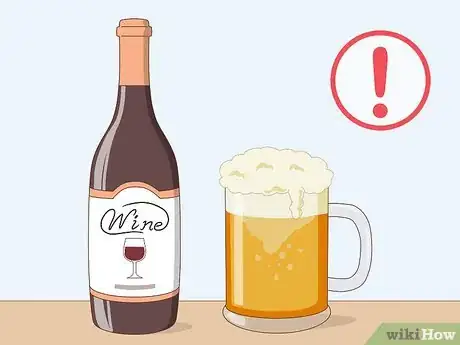
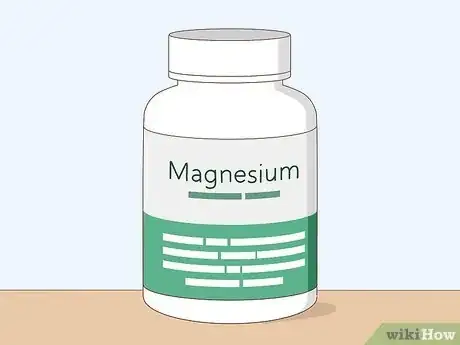
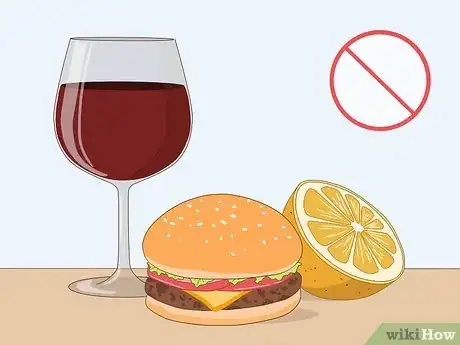
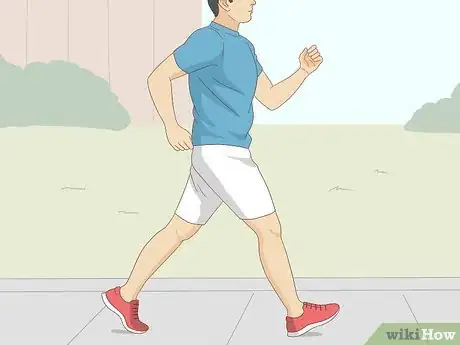
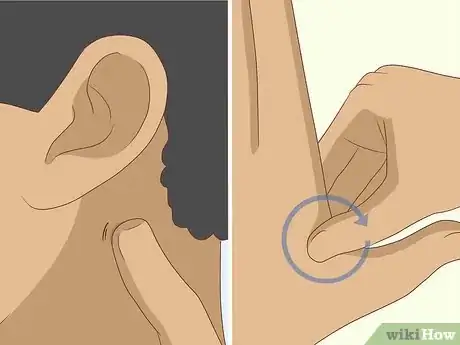
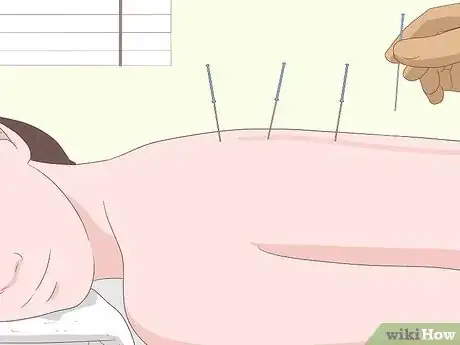
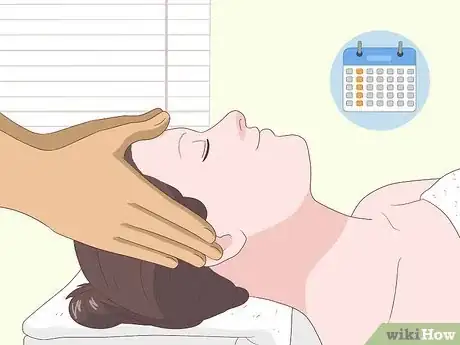
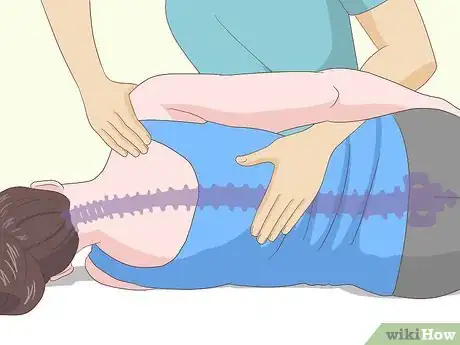
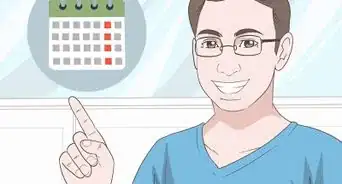
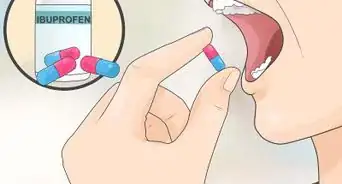
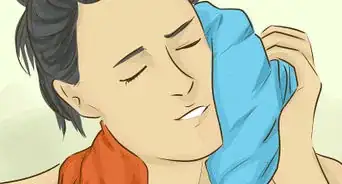
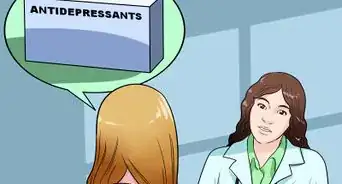
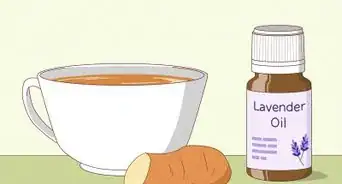
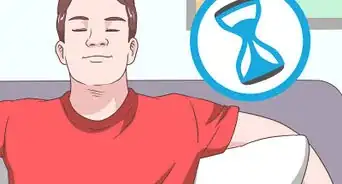
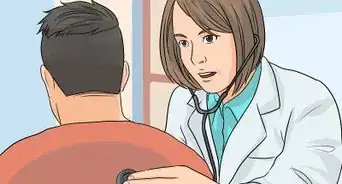

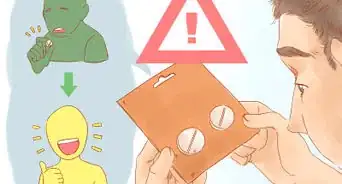
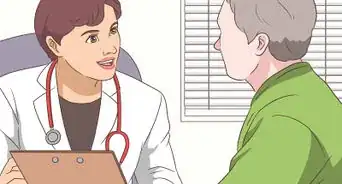
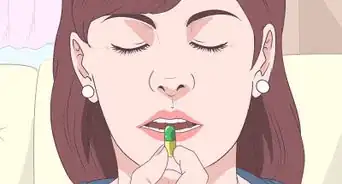


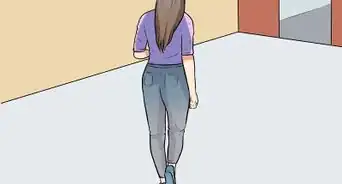











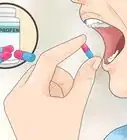
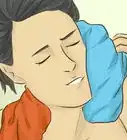




































Medical Disclaimer
The content of this article is not intended to be a substitute for professional medical advice, examination, diagnosis, or treatment. You should always contact your doctor or other qualified healthcare professional before starting, changing, or stopping any kind of health treatment.
Read More...